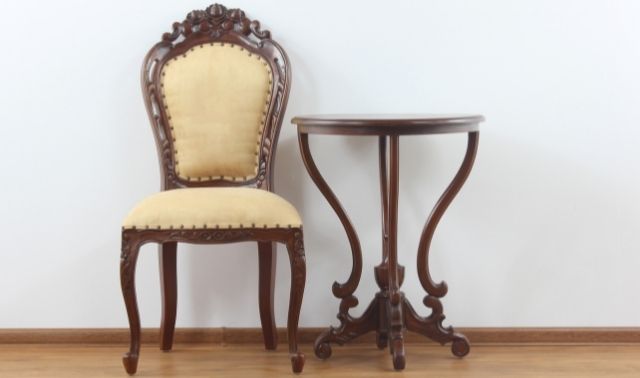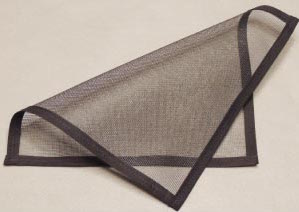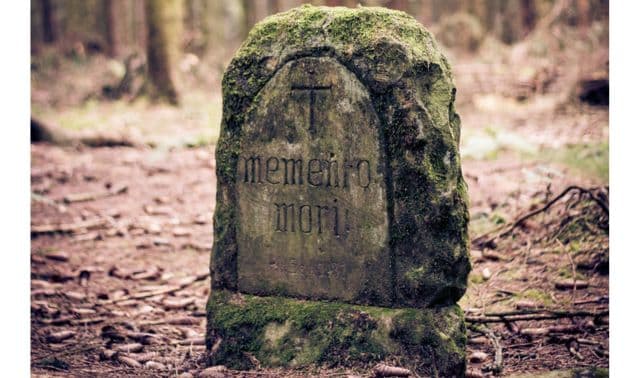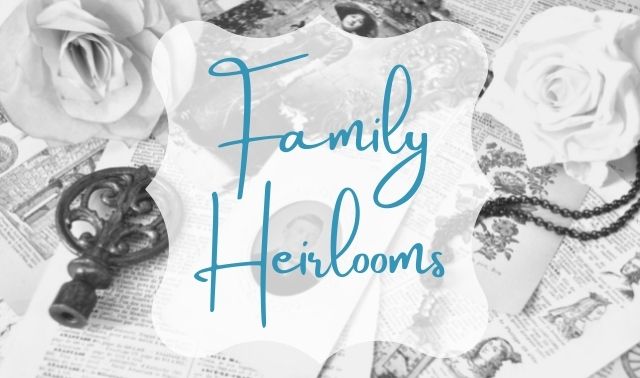Sign up for the Family Tree Newsletter! Plus, you’ll receive our 10 Essential Genealogy Research Forms PDF as a special thank you.
Get Your Free Genealogy Forms
"*" indicates required fields

Did you inherit a chair handcrafted by Great-great-granddad, the blanket chest where Grandma stored her linens, or the walnut desk from Dad’s office? In today’s age of disposable home decor, well-made wooden furniture is both a family history treasure and a practical asset worth preserving. With a little time and attention, you can preserve these heirlooms—and the memories that go with them—for future generations.
1. Respect the integrity of the piece
Resist the temptation to “remodel” antique furniture by, for example, removing the claw feet on a cabinet or painting a wooden table. Respect the integrity of the piece for the best chance of preserving its value. Consult a conservator if your heirloom is damaged. A local historical society often can recommend one, or search the directory of the American Institute for Conservation of Historic and Artistic Works.
2. Be careful when moving the piece
Be cautious when moving old furniture: Legs, finials and chair arms become loose over time. Remove, wrap and box loose parts. Pad corners, edges, and hardware with old towels or tissue paper. Enlist help to avoid damage to the furniture—and yourself. Measure doorways, stairways and halls so you don’t find yourself stuck between table legs and the wall.
3. Choose a proper location
The best place for heirloom furniture is inside the living area of your house, in the same moderate temperatures and humidity that are comfortable for human occupants. Fluctuating temperatures and humidity damage furniture by causing wood to dry out and absorb moisture again, loosening joints and glue.
4. Don’t place heirloom furniture by a window or anywhere a shaft of sunlight may land
Exposure to light, whether natural or artificial, is damaging to wood and upholstery. As much as possible, cover antique upholstery with slipcovers and keep heirloom pieces in the dark.
5. Be on the lookout for pests
Critters love furniture. Periodically inspect your treasures for evidence of insect damage, such as tunneling, droppings or sawdust. Avoid tempting bugs with your leftovers: Don’t eat on your antique sofa, and carefully clean any seams on tabletops. If furniture appears to be infested, call a local exterminator for treatment.
6. Clean with care
Never use spray furniture polish, oils or modern cleaners on antique wood furniture. Oils accumulate and leave a sticky residue that attracts dust. Instead, treat your heirlooms the same way museums care for wooden treasures: Dust regularly and apply paste wax annually if needed.
7. Pay special attention to wicker furniture
Woven chair seats and backs might be made of wicker, cane or rush, natural plant fibers that are extra sensitive to light and heat. Place this type of furniture away from light sources and in low-traffic areas. Don’t use it as a step-stool. When moving, lift from the frame to avoid pressure on woven insets. Cleaning can be a challenge; use a vacuum (see No. 9) or a soft artist’s brush to gently remove collected dust.
8. Minimize situations that can create wear and tear
Preserve heirloom furniture upholstery by minimizing light and abrasion. Keep pets off such items and be careful what you’re wearing when you sit. Overdyed jeans, for example, may leave marks, and decorative gems or studs can break the fabric. Wear white cotton or nitrile gloves when handling to protect textiles from oils on your hands. Clean regularly with the upholstery attachment of a canister vacuum and a mesh screen held against the fabric.
Using a mesh upholstery screen

Vacuuming is the best way to dust antique furniture upholstery, woven insets and other intricate features, but the friction can cause damage even when using the upholstery brush attachment. To minimize abrasion, textile conservators recommend holding a mesh upholstery screen (this one is from Northern States Conservation Care) against the fabric and gently running the nozzle back and forth over the screen. Work systematically from one corner to the other, and repeat on the sides and back of pillows or loose cushions.
9. Properly care for leather furniture
If a leather tooled desktop or upholstery is intact and in relatively good condition, regular dusting may be sufficient. Clean surface dirt with a soft, lint-free cloth moistened with distilled water. Use another cloth to dry immediately. Keep out of light and away from heat or excessive moisture. Consult a professional conservator to restore damaged leather.
10. Be mindful of best practices for storage
What should you do when you’d rather store the antique furniture than keep it in your home? Typical storage spaces like the basement, attic and garage are the worst places to stash a family treasure. They’re subject to changes in moisture levels and temperature that can dry out wood and glue, and cause rot and mildew. Instead, enlist a family member to take the piece or find an out-of-the-way location in a spare room.
11. Write a provenance for the piece
Do you know the history of your heirloom furniture? Take time to write down a description of the piece, who has owned it, where they lived, and how it came to your house. This provenance is the story that ties Grandma’s old rocking chair to four generations of babies rocked to sleep with its squeaky lullaby. Add a photo of the item and keep a copy with your estate files. One day, a new generation will be grateful for the record.
12. Ask relatives for more information
If your ancestors lived in the same area for several generations, it’s likely the furniture didn’t go too far from town. Scrutinize family photos for clues to heirloom pieces like pianos, bookcases and benches. Ask local relatives if they know what happened to Grandma’s rocking chair. And look around your own home for pieces you may have forgotten once belonged to your parents or grandparents.
13. Appraise and insure
Look up the manufacturer’s markings to learn more about when and where the piece might have been made. Your piece may very well have more sentimental than monetary value, but you can get a rough estimate of its value by searching for auctions and sales of similar pieces. For insurance purposes, you’ll need an appraisal from a professional.



